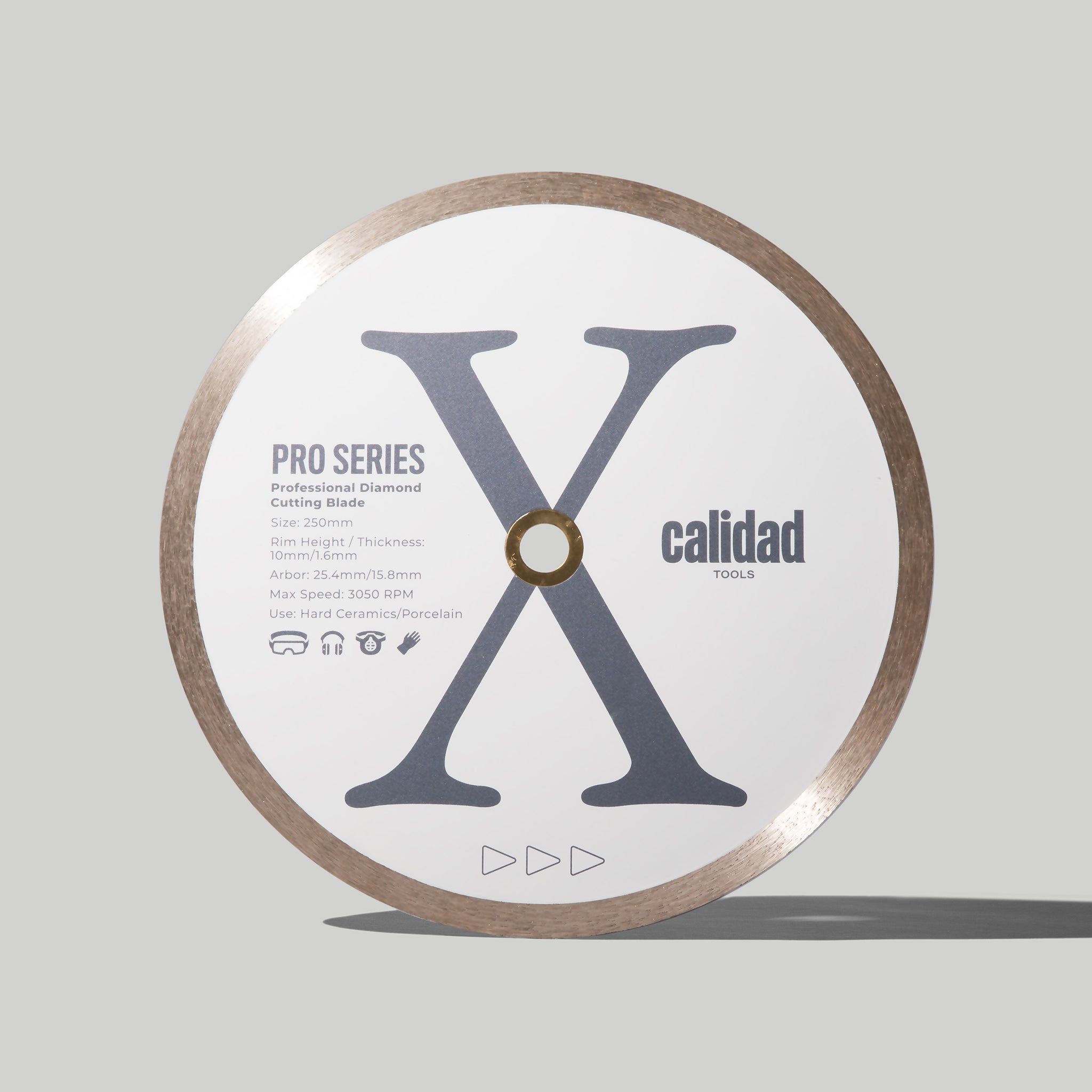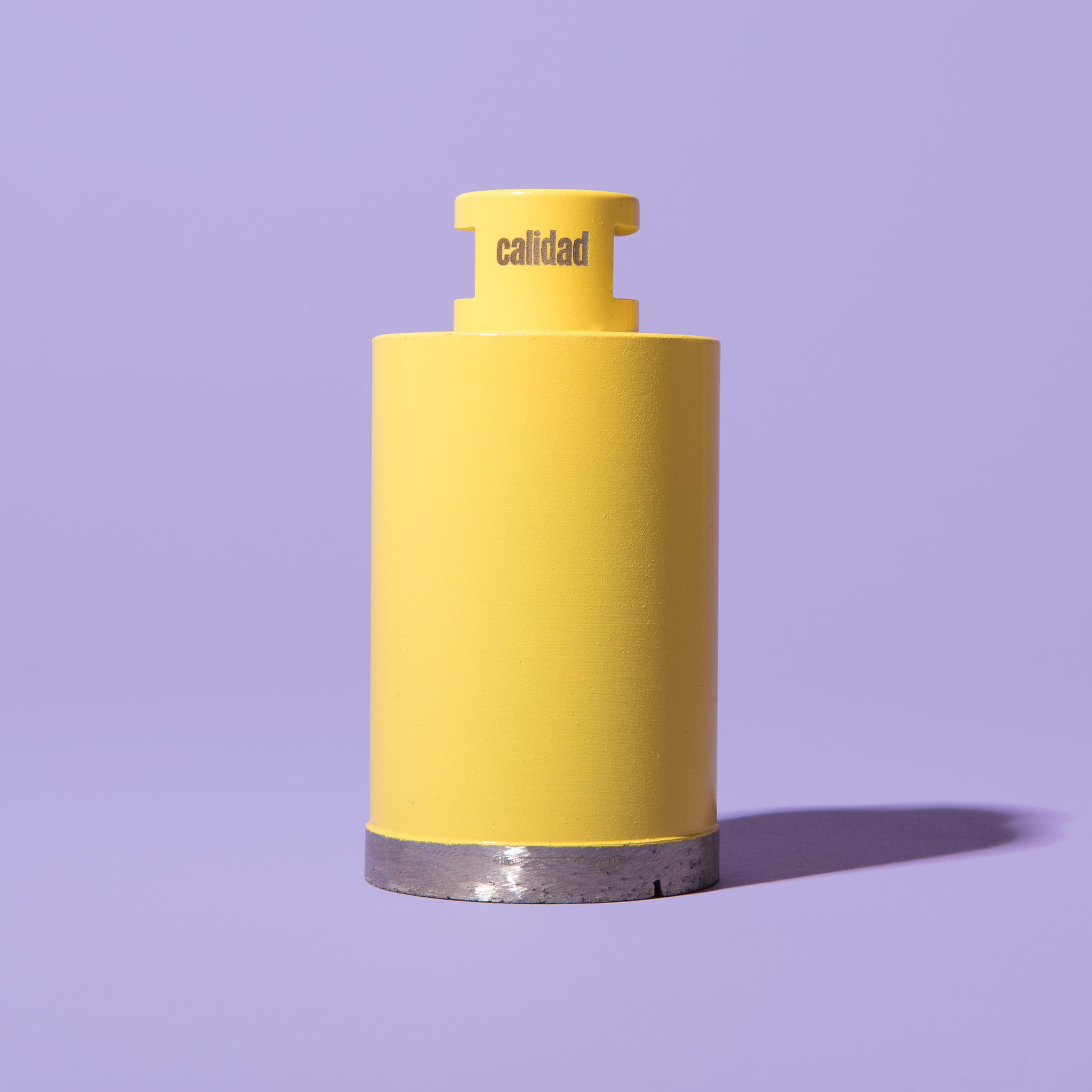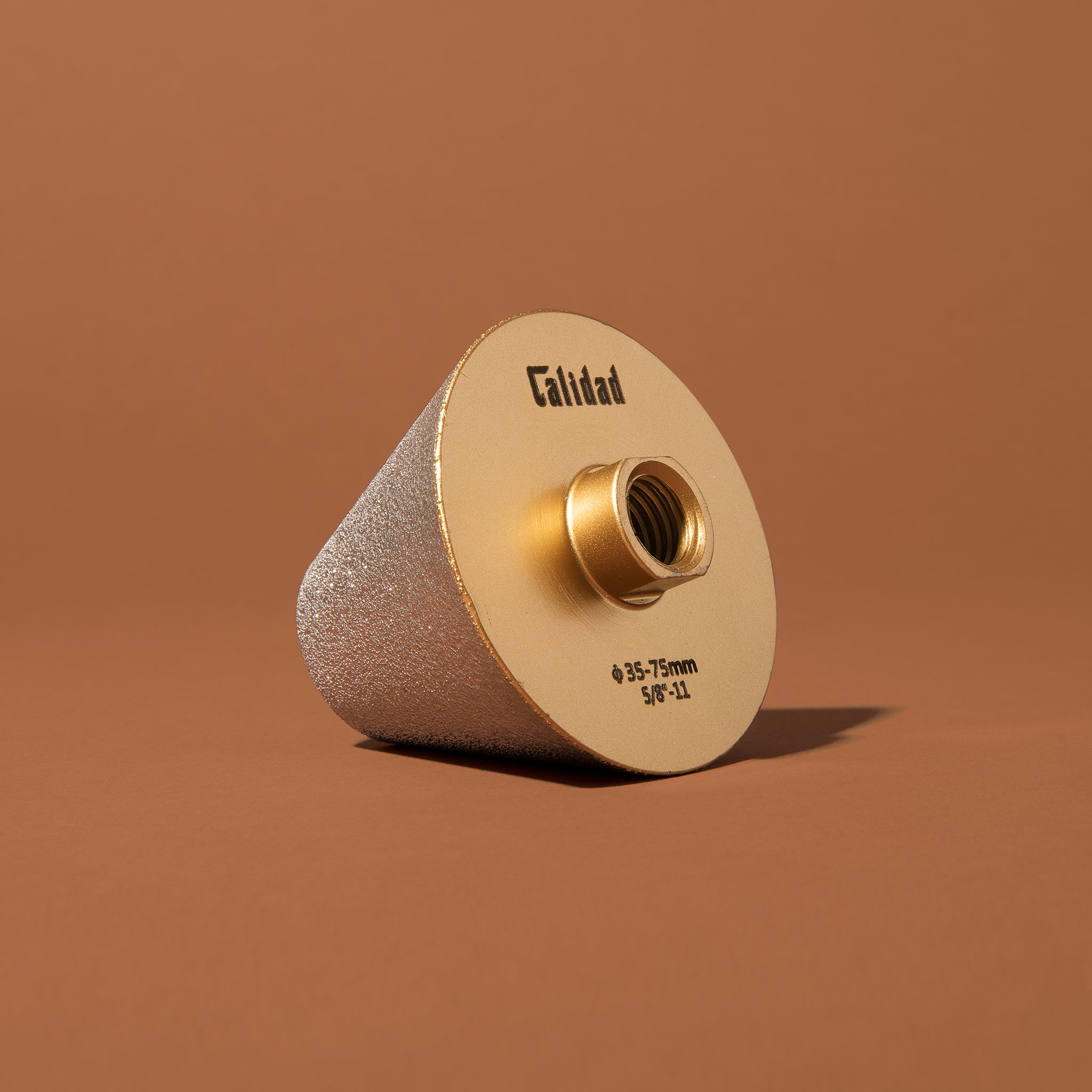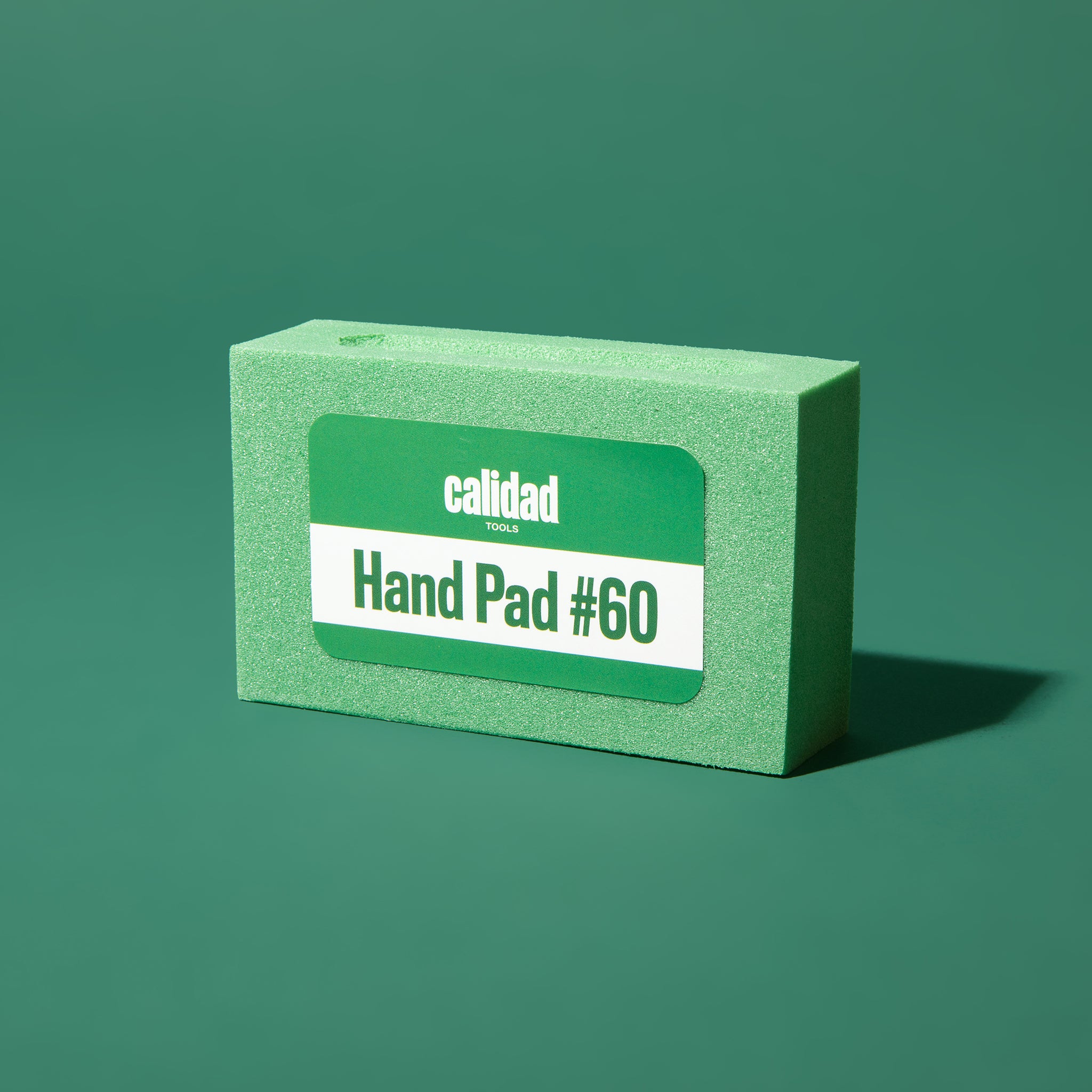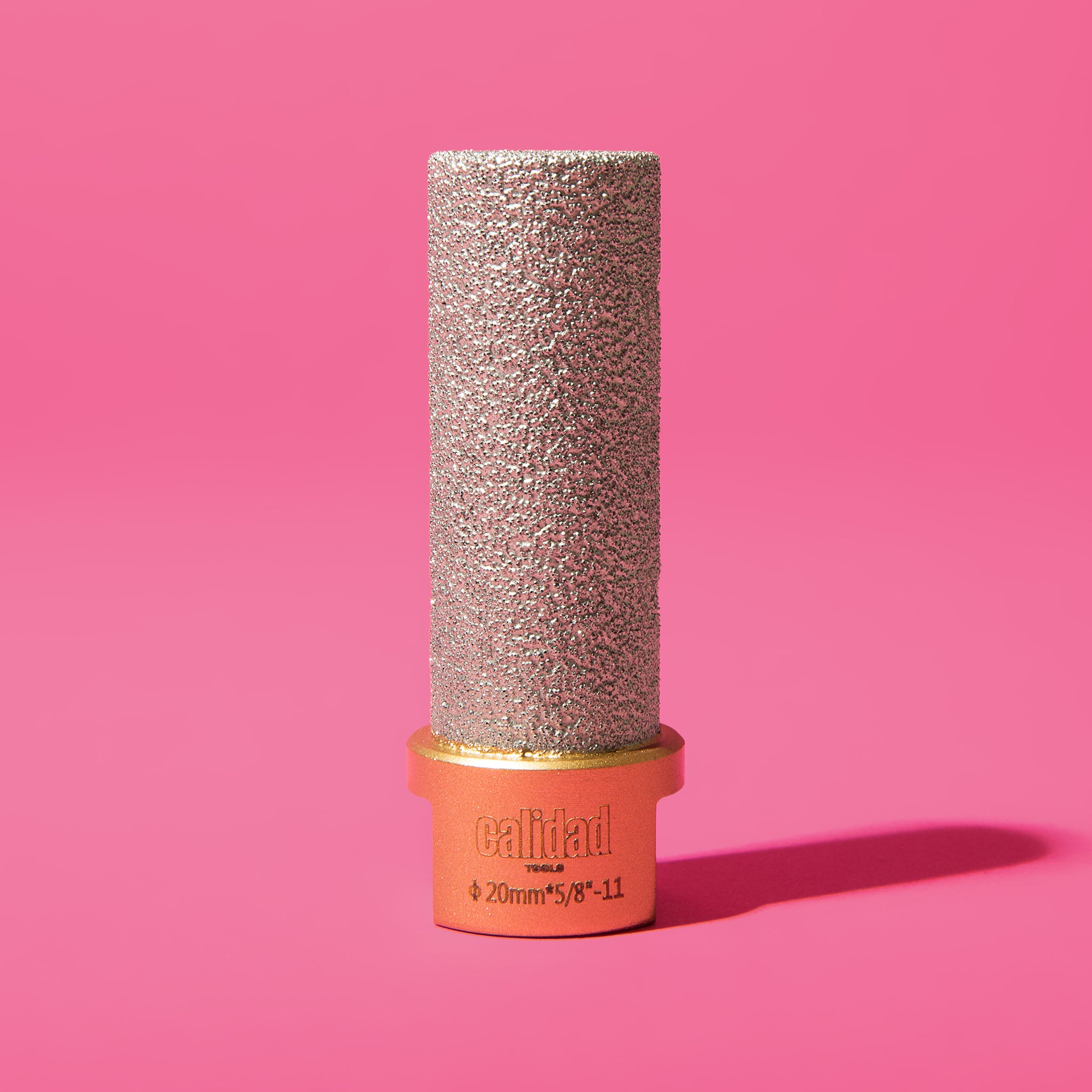The Ultimate Guide To Concrete Flooring

Today we'll be starting away from our usual tiling content to talk about the next best thing - concrete flooring.
In this guide, we'll lead you through each stage, ensuring you're well-versed in the process.
From prepping the site and assessing it to choosing the appropriate materials and tools, we've got all angles covered. You'll learn the art of mixing and pouring concrete correctly, along with techniques for achieving a flawless finish.
After your concrete floor is laid, we'll explore crucial maintenance routines to preserve its appearance and functionality.
From basic maintenance and sealing to fixing cracks and stains, we'll teach you everything you need to know about how to maintain the longevity and looks of your concrete floors.
The Pros Of Installing A Concrete Floor

Concrete flooring comes with tons of advantages that make it an enticing option for both homes and businesses. Firstly, it's as tough as nails, capable of withstanding the hustle and bustle of daily life, whether it's heavy footfalls, furniture shuffling, or even the occasional vehicle passing through.
This durability renders it perfect for high-traffic zones like kitchens, garages, and commercial areas. Moreover, concrete floors are a breeze to maintain. Unlike their counterparts, which often demand meticulous cleaning and upkeep, concrete floors merely require a quick sweep or mop to keep them looking spick and span.
Plus, they're resilient against stains and spills, making them a dream for accident-prone areas. What's more, concrete flooring is incredibly versatile. With a plethora of finishes at your disposal, you can tailor your concrete floors to suit any style or vibe you desire.
Whether you prefer a sleek, glossy sheen or a textured, stained look, the options are endless. You can even stamp patterns into the concrete or add a splash of color for a truly personalized touch.
What Are The Different Types Of Concrete Flooring?

Before going deeper into the installation process, let's explore the wide array of concrete flooring options available. Each type boasts its own distinct characteristics and applications:
- Plain Concrete Flooring - Often referred to as "basic concrete," this is the quintessential form of concrete flooring. It presents a simple, unembellished surface primarily favored in industrial settings or areas prioritizing functionality over aesthetics.
- Stamped Concrete Flooring - Stamped concrete flooring refers to imprinting patterns onto wet concrete, mimicking the appearance of luxurious materials like stone or brick at a fraction of the cost. Popular for outdoor spaces such as patios and driveways, it adds an elegant touch to any setting.
- Stained Concrete Flooring - Stained concrete flooring involves applying colored stains onto the concrete surface, offering a spectrum of effects ranging from subtle earthy tones to vibrant hues. Widely utilized in residential and commercial spaces, it infuses a space with character and style.
- Polished Concrete Flooring - Polished concrete flooring is achieved through meticulous grinding and polishing of the concrete surface, resulting in a sleek, glossy finish. Renowned for its durability and ease of maintenance, it's a versatile option adaptable to various settings.
- Epoxy Coating - Epoxy coating serves as a protective layer applied atop concrete flooring, offering enhanced durability and resistance to stains, chemicals, and abrasions. Available in clear or tinted varieties, it's a popular choice for garages, warehouses, and industrial environments.
How To Install A Concrete Floor

Now that you're familiar with what types of concrete floors you can work with, let's dive into how the installation process works.
Prepping The Room
Preparing the site for concrete floor installation is a crucial initial step that lays the groundwork for a durable and flawless finish.
Here's a breakdown of the key steps to follow:
- Clear the area - Begin by clearing the designated area of any existing flooring, furniture, and debris. A clean and level surface is essential for optimal results.
- Assess the subfloor - Thoroughly inspect the subfloor for structural integrity and moisture issues. Address any cracks, unevenness, or moisture problems before proceeding.
- Apply a moisture barrier - Install a moisture barrier, such as a plastic sheet or vapor barrier, to prevent moisture from seeping into the concrete. This is particularly important for areas prone to high humidity levels.
- Construct forms - Build forms using wood, metal, or plastic to contain the concrete and define the desired shape and thickness of the flooring.
- Reinforce the concrete - For added strength and durability, reinforce the concrete with wire mesh or rebar. This helps prevent cracking and ensures long-lasting performance.
- Level the forms - Ensure that the forms are level and securely in place. Use a level and shims as needed to achieve a flat and even surface for the concrete.
Pouring And Leveling The Concrete Mix
Once the site is prepped, it's time to dive into pouring and leveling the concrete.
Here's a step-by-step guide to mastering this crucial stage:
- Mixing the concrete - Follow the manufacturer's instructions to create the perfect concrete mix. Whether using a concrete mixer or a trusty wheelbarrow and shovel, aim for a consistency akin to thick pancake batter.
- Pouring the concrete - Begin pouring the concrete into the prepared forms, starting from one end and working your way across. Ensure even distribution using a shovel or concrete pump, filling every nook and cranny.
- Leveling the concrete - Grab a straight board, or screed, and place it at one end of the forms. With a gentle back-and-forth motion, drag the screed across the surface to level the concrete and remove any excess.
- Final touches - Once leveled, use a bull float to smooth out imperfections and create a uniform texture. A trowel can then be used for a sleek or textured finish, depending on your vision.
- Curing - After pouring and leveling, the concrete needs time to cure and harden. Cover the surface with plastic sheeting or a curing compound to maintain moisture levels, following the manufacturer's guidelines for optimal curing time.
Curing And Sealing
Once the concrete is poured and leveled, it's time to move on to the crucial steps of curing and sealing.
Here's a breakdown of what you need to know:
- Curing time - Concrete needs approximately 28 days to fully cure, though it can handle light foot traffic after just a few days. During this period, keeping the concrete moist is key to prevent cracking and ensure optimal strength. Regularly spraying it with water or using a curing compound helps maintain the ideal moisture levels.
- Sealing options - Once the concrete has fully cured, you have the option to enhance its protection and appearance with a sealer. There's a variety to choose from, including acrylic, epoxy, and polyurethane sealers. Consider factors like gloss level, durability, and maintenance needs when selecting the right one for your project.
- Application process - Before applying the sealer, ensure the concrete surface is thoroughly cleaned to remove any dirt or debris. Follow the manufacturer's guidelines for application, using a brush, roller, or sprayer for an even coat. Work in small sections to ensure complete coverage and a uniform finish.
- Drying time - Allow the sealer to dry according to the manufacturer's instructions, which can range from a few hours to several days depending on the type of sealer and environmental conditions. It's crucial to refrain from walking on the sealed surface until it's fully dry to avoid any disruptions.
Applying Floor Finish
Concrete flooring offers versatile finishing options to suit various styles:
- Polished concrete - Achieve a sleek, glossy look, customizable from matte to high-gloss.
- Stained concrete - Add color and character with acid or water-based stains, perfect for unique designs.
- Textured concrete - Mimic natural materials or add dimension with stamping or aggregate exposure.
- Resurfacing - Renew worn floors economically by applying a thin overlay, followed by your desired finish.
How To Maintain A Concrete Floor

Maintaining concrete flooring is pretty straightforward:
- Regular sweeping or vacuuming - Keep dirt and debris at bay to prevent scratches and maintain cleanliness.
- Mop with pH-neutral cleaner - Use a gentle cleaner to remove stains without damaging the surface or sealer.
- Prevent stains - Address spills promptly and use mats or rugs in high-traffic areas to protect against stains.
- Periodic deep cleaning - Use a floor scrubber or specialized cleaner for a thorough clean as needed.
- Reapply sealer - Monitor the sealer's condition and reapply as necessary to maintain protection.
Final Thoughts
With its durability, versatility, and aesthetic appeal, concrete flooring is a top choice for many homeowners. Just keep in mind that each step - from site preparation to pouring, curing, sealing, and ongoing maintenance - is essential for achieving a stunning and durable concrete floor.
And if you're looking for affordable premium-quality tiling tools, check out our store! We have everything you need for your next tiling project, from trowels, leveling systems, and spacers to hole saws, saw blades, and polishing pads!

